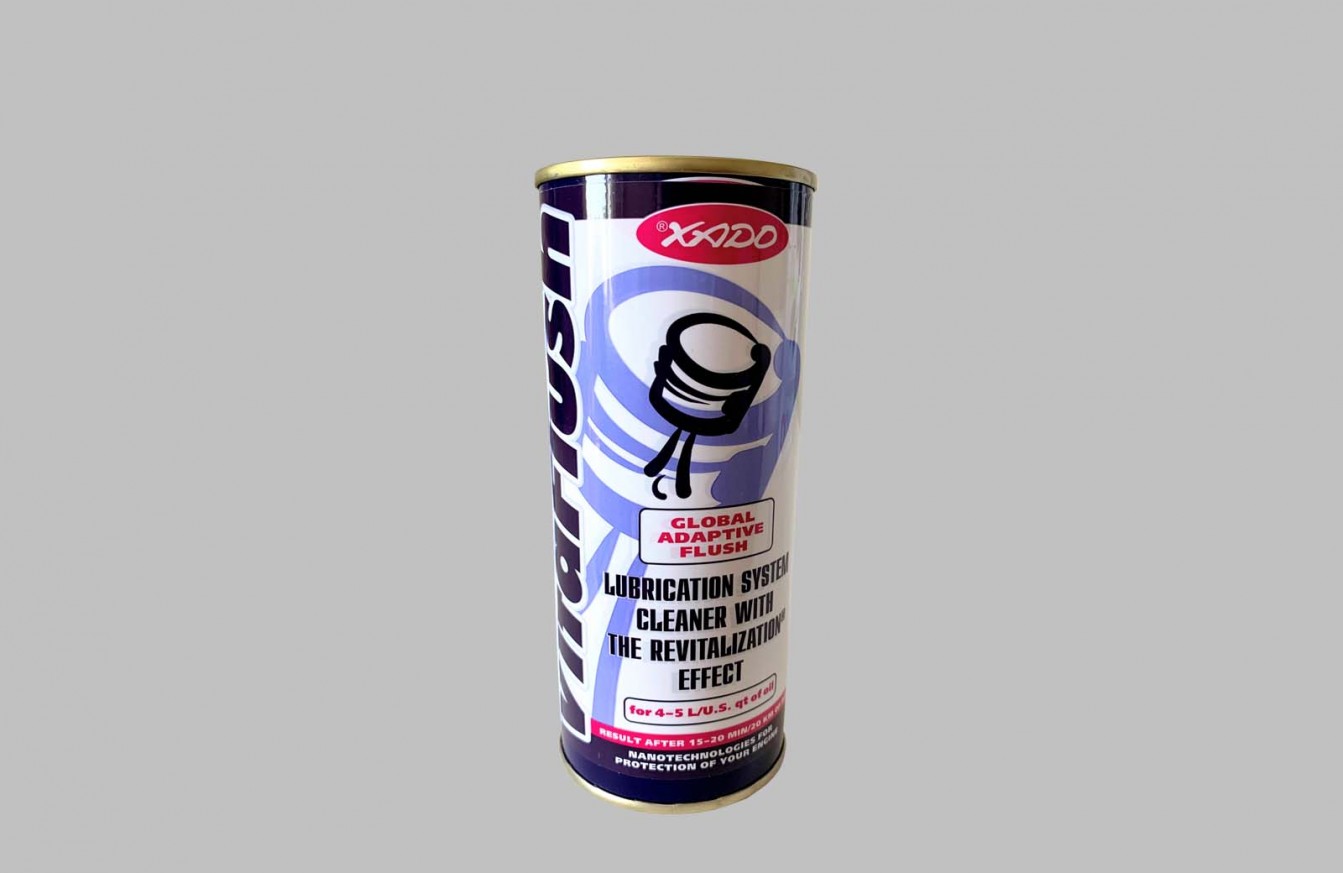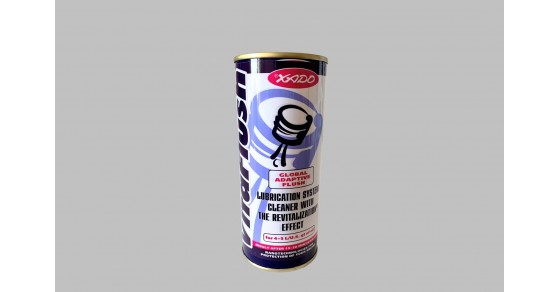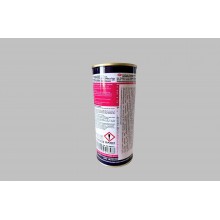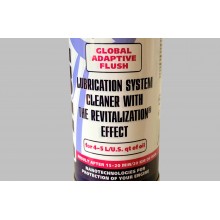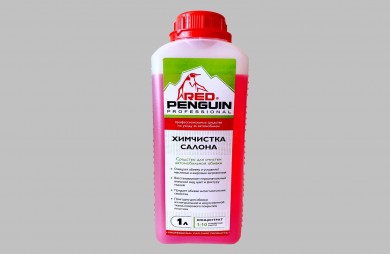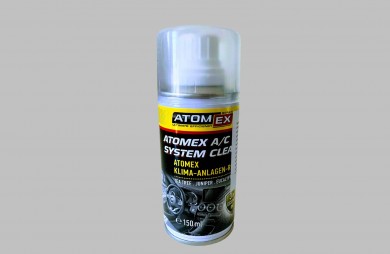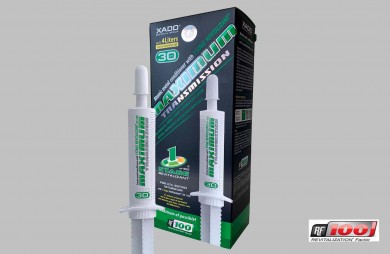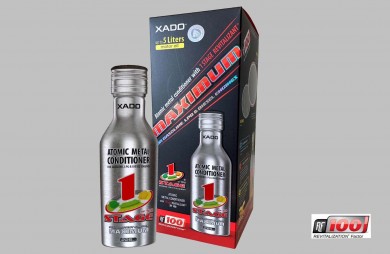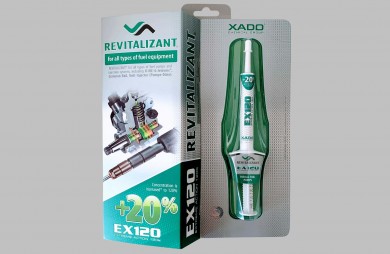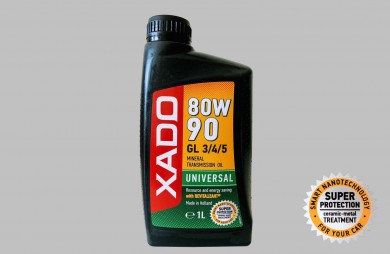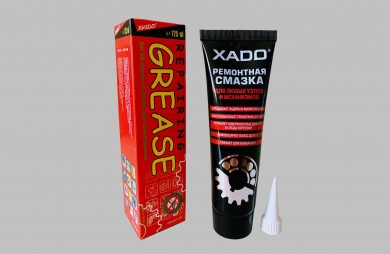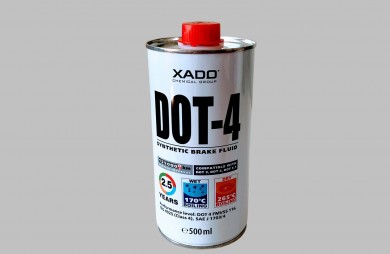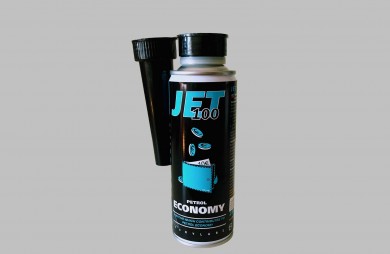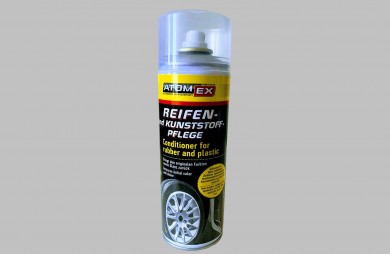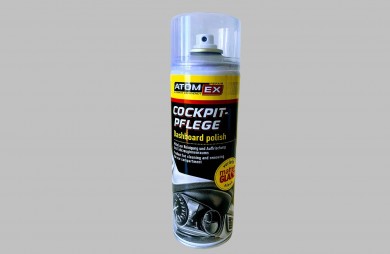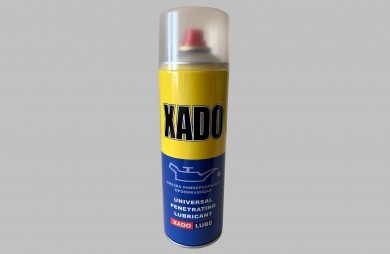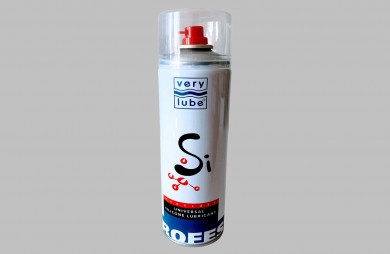
XADO Vita Flush - oil system сleaner, 250ml
ProductID ХА 40201-3820653544738914380
Net Weight 0.250 kg.
Availability: In Stock
€ 10,26Producer

XADO ®
XADO Vita Flush - oil system сleaner, 250ml
VitaFlush Cleaner is designed to clean oil system of the fuel and diesel engines of all types (including the turbocharged engines) and transmission units. Completely cleans all deteriorations, resinous sediments and removes it with used oil. Due to REVITALIZANT® restores up to 70% of lost metal. It applies during the oil change as a prophylactic for cleaning and protecting from wear-out. Also it can be used as adaptive cleaner after changing the oil of a different viscosity (i.e. from the mineral on synthetic) or manufacturer.
ADVANTAGES: Restores mobility scraper and compression rings; Eliminates the effect of the sticking hydraulic lifters; Cleans the system of crankcase ventilation; Restores and protects friction part from wear-out; Increases the power of engine; Stabilizes the parameters of the oil pump; Cleans oil system of an engine (transmission units) from the pollution of any type
APPLICATION: Add necessary amount of XADO Vita Flush Cleaner into the oil mouth of the warmed up mechanism. Start an engine and idle run it for 10-15 min or drive 12 miles. If deep cleaning is needed drive 124-186 miles. Change oil and oil filter
NOTE !!! For a maximum effect use during every oil change.
| Vita Flush | Constant Usage | Severe contamination |
| Intensive cleaner |
1 packet per 1L of oil |
2 packets per 1.5L of oil |
| Cleaner | 60 ml per 1L of oil |
100 ml per 1L of oil |
Xado VitaFlush compatable with all kinds of oil.
Xado VitaFlush doesn’t have acids, acetone and dissolver.
Save for nonmetallic parts of engine, lambda sensor and oxidation catalyst.
The term “REVITALIZATION” (from Latin “vita” – life) literally translated means “returning to life”. The discovery of the revitalization phenomenon is based on unique physical and chemical processes, which, under specific conditions, can occur in the friction zone. In short, their essence consists of the following: during mechanical operation, excessive loads occur in the friction areas. At extremely heavy loads, excess destructive energy is released. But if we introduce a unique building material – a revitalizant – into the friction zone, then the energy released by the friction, will actually bind new material to the friction surface instead of destroying the material surface.
This has always been the case until the phenomenon of REVITALIZATION was discovered, when scientists found that it was possible to reversing the process of wear by restoring the worn-out surface! It turned out that conditions could be created when the affected part is able to restore its surface thickness and size to its initial dimensions. To create such favourable conditions, it is necessary to introduce a specially synthesized substance – XADO revitalizant into the friction zone. It contains the building material for the new surface and a unique energy activator, which enables the excess friction energy to be harnessed in order to create a new matrix – in fact, a brand new surface.
The key features of the part’s surface before and after revitalization are as follows: increase in micro hardness (kg/micro metre2) from 65-280 to 650-750 range, after treatment; the roughness coefficient (Ra) before revitalization was 0.9-2.1, and after treatment it is 0.06; and above all a dramatic increase in corrosion-resistance characteristics.
No an XADO will not damage your engine. XADO revitalizants are completely soluble in the oil and do not change the viscosity of the properties of the oil in any way. Remember XADO is self-regulating. As soon as the original worn surface has been repaired, the friction factor drops dramatically, and the XADO activation energy will also decrease. The process then stabilizes, and at some point, the energy will drop to a point where cermet growth will stop completely. Besides, using too much is just a waste of money.
A superhard coating is formed as a result of the revitalizant’s application. Can the engine be rebored, if necessary? - This is a common question from car owners, and we would like to set their minds at ease. The metal-ceramic coating is formed to the depth of 10–30 microns, and the boring tool can remove tenths of a 1 mm. Also, But do you really need conventional major overhaul? The unique ability to restore the original geometry of engine parts will allow you to avoid these labour-intensive and expensive repairs. For instance, the repair of the sleeve assembly can be reduced to just replacing damaged piston rings or replacing rings that have completely lost elasticity, replacing a burnt-out piston, etc. In other words, you would only need a “face-lift” repair.

It is not possible for the metal-ceramic layer to peel off in operation. A reciprocal diffusion of metal and metal carbides to the depth of 10–30 μm (micrometer) takes place. There is no distinct border between the initial surfaces and metalceramic, so there are no conditions for the metal-ceramic layer to “peel-off”.






